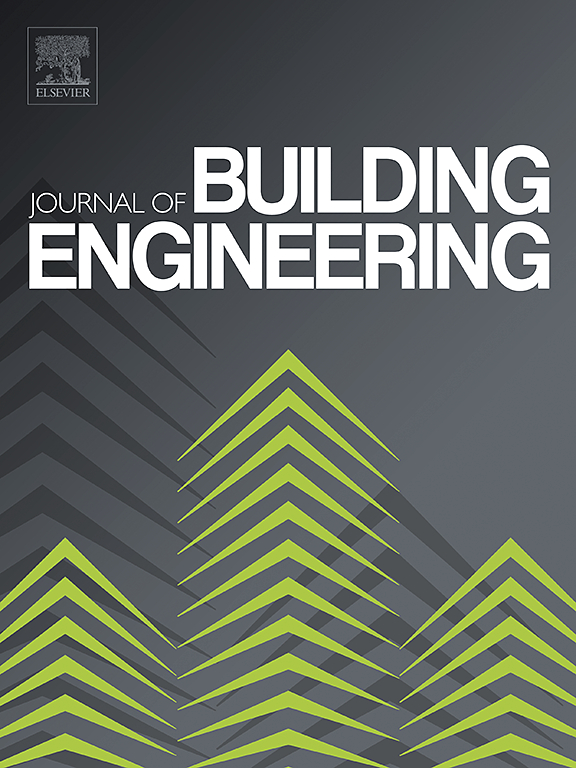严寒气候下独立农村住宅不同通风系统对经济和环境的影响
IF 6.7
2区 工程技术
Q1 CONSTRUCTION & BUILDING TECHNOLOGY
引用次数: 0
摘要
人们对节能环保、舒适度更高的建筑的需求不断增长,推动了对先进通风系统的需求。我国严寒气候下的农村房屋冬季通风不足,极低的气温和巨大的采暖需求阻碍了机械通风的有效实施。本研究旨在通过研究土-空气热交换器和热回收的潜在组合,并将该系统与其他常见通风解决方案进行比较,确定严寒气候下农村独立式住宅的最佳通风系统。以哈尔滨某建筑为例,采用IDA ICE软件对四种机械通风方式进行了模拟。采用经济因素和环境因素相结合的多目标评价方法对地空气换热器进行了设计,并对不同的通风方案进行了评价。结果表明,将地-空气热交换器集成到平衡通风中,可显着减少64%的通风采暖需求,其效果在较冷的条件下尤为明显。在所有机械通风方案中,同时采用热回收和土-空气热交换器的平衡通风达到了最低的CO2排放量,为44 kg CO2/m2。排气通风成为最具成本效益的选择。这些发现阐明了地-空气换热器在严寒气候条件下的采暖性能。为指导极端气候条件下独立式农村住宅可持续机械通风系统的设计,提供了平衡经济效益和环境影响的实用建议。本文章由计算机程序翻译,如有差异,请以英文原文为准。
Economic and environmental impacts of different ventilation systems in detached rural houses in severe cold climate
The growing demand for energy efficient and environmentally friendly buildings with improved comfort drives the need for advanced ventilation systems. Chinese rural houses in severe cold climate struggle with inadequate ventilation in winter, while the extremely low temperatures and huge heating demands hinder the effective implementation of mechanical ventilation. This study aims to identify the optimal ventilation system for rural detached houses in severe cold climate by examining the potential combination of earth-air heat exchanger and heat recovery, as well as comparing this system to other common ventilation solutions. Using a case building in Harbin, four mechanical ventilation configurations were simulated with IDA ICE. A multi-objective evaluation combining economic and environmental factors was employed to design the earth-air heat exchanger and evaluate different ventilation options. Results show that integrating an earth-air heat exchanger into a balanced ventilation notably reduces ventilation heating demand by 64 %, with its effectiveness particularly pronounced in colder conditions. Among all mechanical ventilation options, the balanced ventilation with both heat recovery and earth-air heat exchanger achieves the lowest CO2 emissions at 44 kg CO2 /m2 . Exhaust ventilation emerges as the most cost-effective option. These findings illuminate the earth-air heat exchanger's heating performance in severe cold climate. Practical recommendations balancing economic effectiveness and environmental impacts were provided to guide the design of sustainable mechanical ventilation systems for detached rural houses in extreme climatic conditions.
求助全文
通过发布文献求助,成功后即可免费获取论文全文。
去求助
来源期刊

Journal of building engineering
Engineering-Civil and Structural Engineering
CiteScore
10.00
自引率
12.50%
发文量
1901
审稿时长
35 days
期刊介绍:
The Journal of Building Engineering is an interdisciplinary journal that covers all aspects of science and technology concerned with the whole life cycle of the built environment; from the design phase through to construction, operation, performance, maintenance and its deterioration.
 求助内容:
求助内容: 应助结果提醒方式:
应助结果提醒方式:


